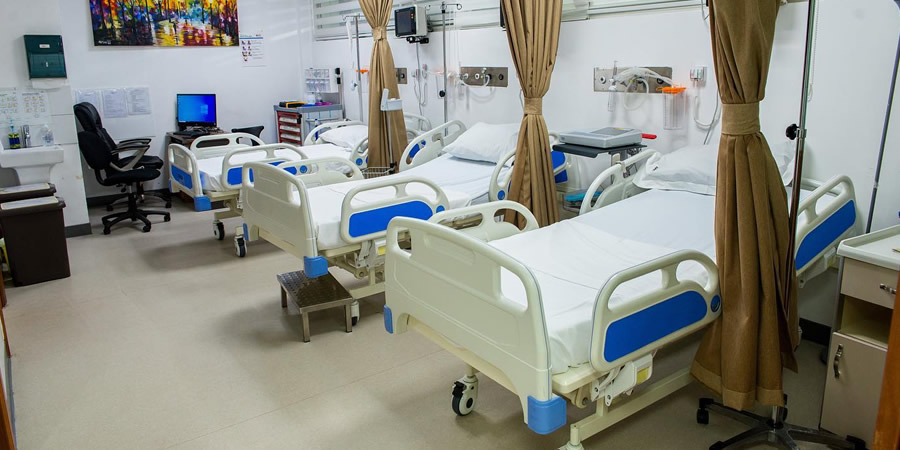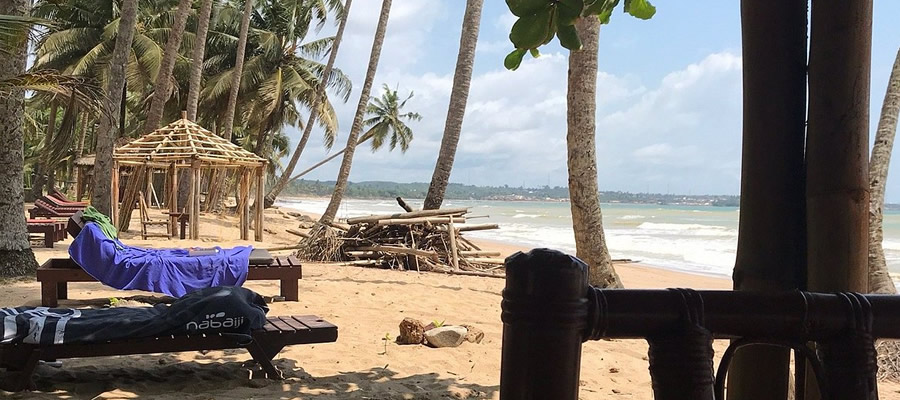

Infrastructure
Transportation Network
The Municipality has 284.7km of trunk roads of which 39km is tarred representing 13.6%. It must be noted that this forms part of the Trans-African Highway. The rest of the trunk roads are either graveled or earth surfaced. Apart from these trunk roads the Municipality has about 200km of feeder roads.
Out of this only about 100km is motorable all year round. It must also be noted thatabout 86% of these feeder roads can be located in the southern part of the Municipality. Cars areabsent and the transportation of foodstuff from farms is mostly by foot. Heavy rainfall makes these roads inaccessible especially during the raining season.
The absence of bridge and culverts along some feeder roads also render some of the major food producing areas inaccessible. Besides the poor nature of the roads, road density is also low. Dueto the poor road network a number of major farming communities are not linked by road at all.
Date Created : 11/11/2025 2:33:31 PM








 facebook
facebook
 twitter
twitter
 Youtube
Youtube
 +233 593 831 280
+233 593 831 280 0800 430 430
0800 430 430 GPS: GE-231-4383
GPS: GE-231-4383 info@ghanadistricts.com
info@ghanadistricts.com Box GP1044, Accra, Ghana
Box GP1044, Accra, Ghana